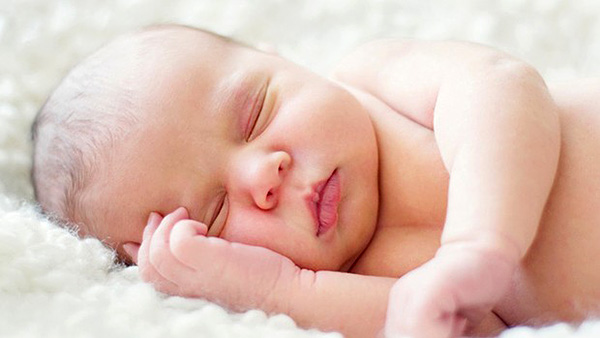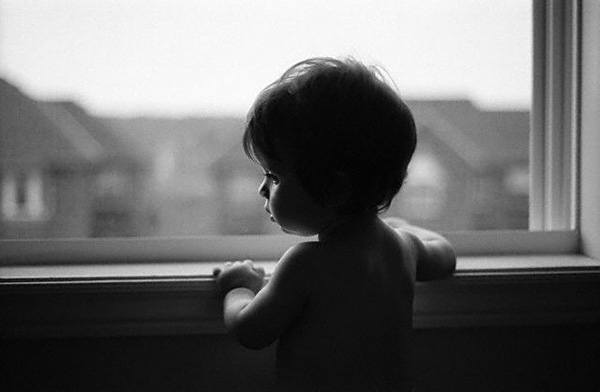Autism is a brain disorder that limits a person’s ability to communicate and relate to others. The disease occurs in young children, with several stages of severity.
Disease manifestations are different from one person to another; some live in their own universe while others have unusual abilities. Autistic spectrum disorders, affecting 1 in 88 children, occurring five times more frequently among boys than girls.
Early detection, ideally up to 8 months of life, provide more effective treatment designed to reduce the effects of disorder and help the child to develop as normally as possible.
Early signs
Autism is a spectrum of closely linked conditions, with similar symptoms. Autism spectrum disorders occur in early infancy and childhood, causing delays in many basic areas of development, such as learning to walk, to play or interact with others.
Signs and symptoms vary significantly, as well as their effects. Part of autistic children have minor deficiencies, while others have more obstacles to overcome. Even so, every child on the autism spectrum has problems to some degree, in these three areas:
– Verbal and nonverbal communication;
– Networking with other people and with the environment;
– Thinking and adaptive behavior;
There are different opinions among physicians, parents and professionals about autism causes and best treatment solutions. Even so, opinions meet at a common point – early and intensive intervention significantly contribute to reverse the effects.
Before the age of three years, a number of early symptoms of autism can be detected. Some children develop normally until 18-24 months, then they can lose many of their learning acquisitions. At this point, the following symptoms may occur:
- Repetitive movements (swinging or moving in a circle);
- Avoiding eye contact or touches;
- Speech delays;
- Repeating words or phrases (echolalia);
- States of irritation occurred because of small changes.
Symptoms in the first year of life
Even babies are normally interested to socialize, thus, symptoms are noticeable in the first year of life, evaluating how infants interact with the environment. At this age, a child with an autism spectrum disorder may:
- Does not react to the mother’s voice;
- Not answering when they hear their name;
- Does not look in the eyes of others;
- Not pointing with their finger;
- Does not smile and do not respond to the stimuli transmitted by others;
- Does not follow objects visually.
However, some babies that do not suffer from autism may have the same symptoms, so it is necessary to consult a physician to establish the exact cause of the child’s behavior.
Symptoms in the second year of life
In the second year of life, symptoms of autism become more noticeable. While other children, already starting to show first words and the things they want, a child with autism remain detached from these natural behaviors. The specific signs of autism at this age are:
- No word pronounced up to 16 months;
- No games of imitation to 18 months;
- No sentence of at least two words up to 24 months;
- Loss of speech acquisition;
- Lack of interest to things shown by adults;
- Lack of desire to attract attention;
- Lack of affection;
- No intention to respond when help is required.
Symptoms in older children
As they grow, more and more children transmit alarm signals that indicate the presence of autism spectrum disorders. In general, the clues lead to the lack of social skills, speech and language difficulties, difficulty communicating nonverbally and inflexible behavior. It consists of the following symptoms:
- Disinterest or detachment from what is going around;
- Inability to play, make friends and interact with other children;
- Hostility to the gesture of being touched, held or comforted in his arms;
- Lack of desire to imitate adults, to take part in group activities and use toys creatively;
- Difficult to understand and talk about feelings;
- No reaction when someone shouts / pronounce their name;
- Speaking with an unnatural voice tone, in a bizarre rhythm (concluding in interrogative tone);
- Continuous repetition of words and phrases;
- Incorrect use of language (grammatical errors, distorted words etc.).
- Reference to itself by the third person;
- Difficulty expressing wishes and needs;
- Inability to understand very simple questions, statements or guidance;
- Collection of all information in the proper sense (inability to sense humor, irony and sarcasm).
Affected children may experience physical symptoms such as chronic digestive disorders (constipation) or sleep disorders. It can also have uncoordinated large muscles used while running or climbing, and small muscles (upper limb). One third of children with autism shows episodes of seizures.
Currently, there is not a special medical test to detect autism spectrum disorders, but a medical examination may be useful to exclude other possible causes of symptoms such as vision loss, speech defects, lead poisoning and other developmental disorders that have no connection with autism. Parents will answer a set of questions about the child’s behavior and their communication skills.
Receipt of on time treatment, ideally before the age of 3 years can exponentially increase the chances of improving development.


